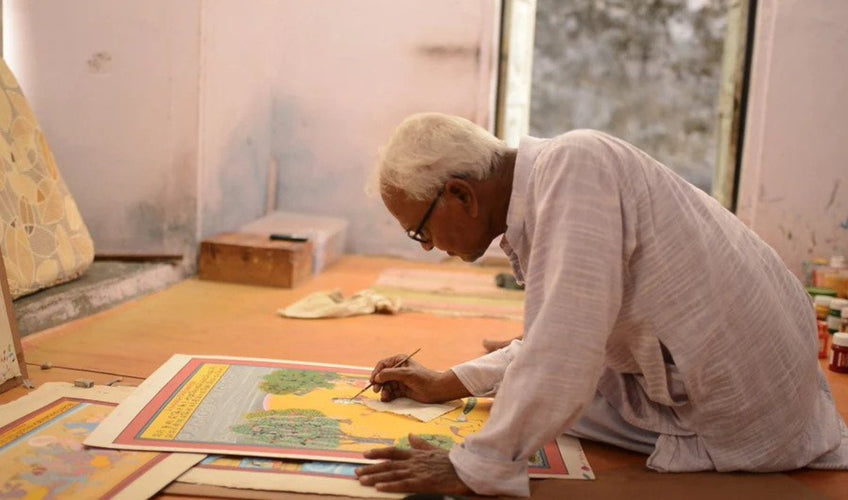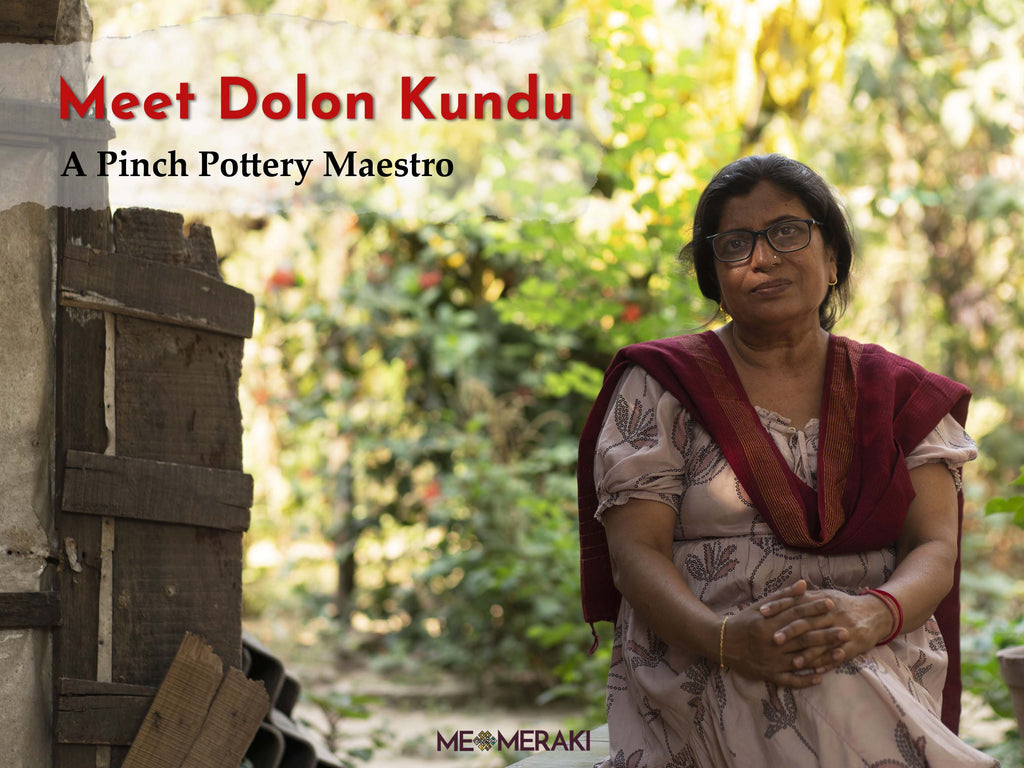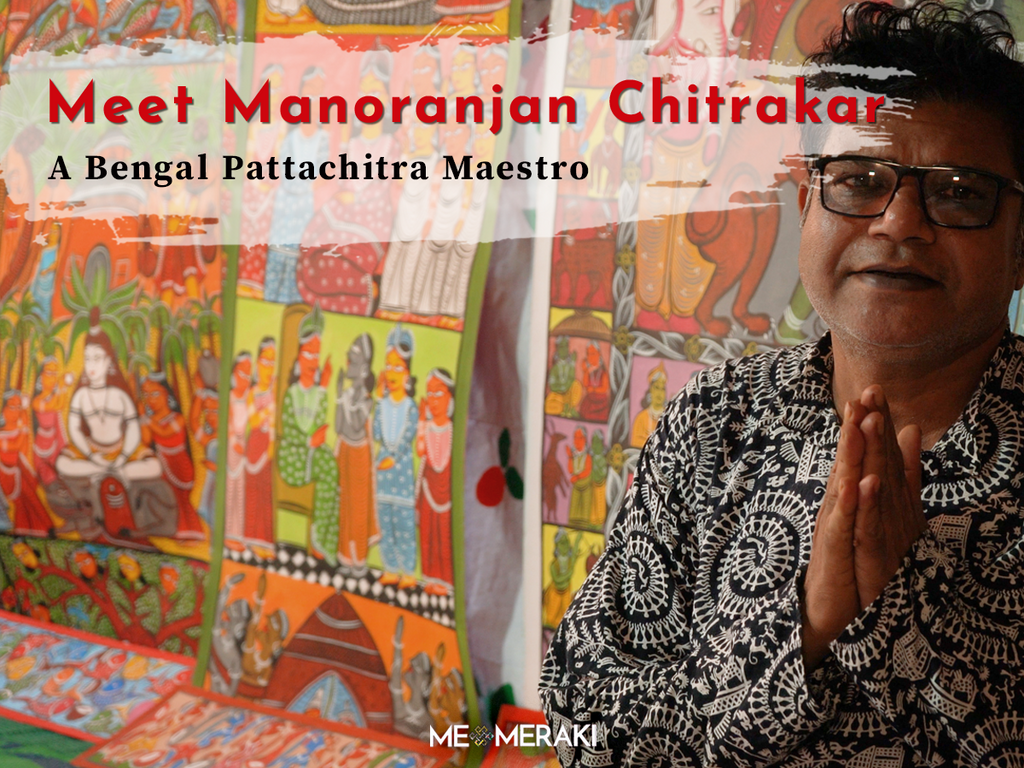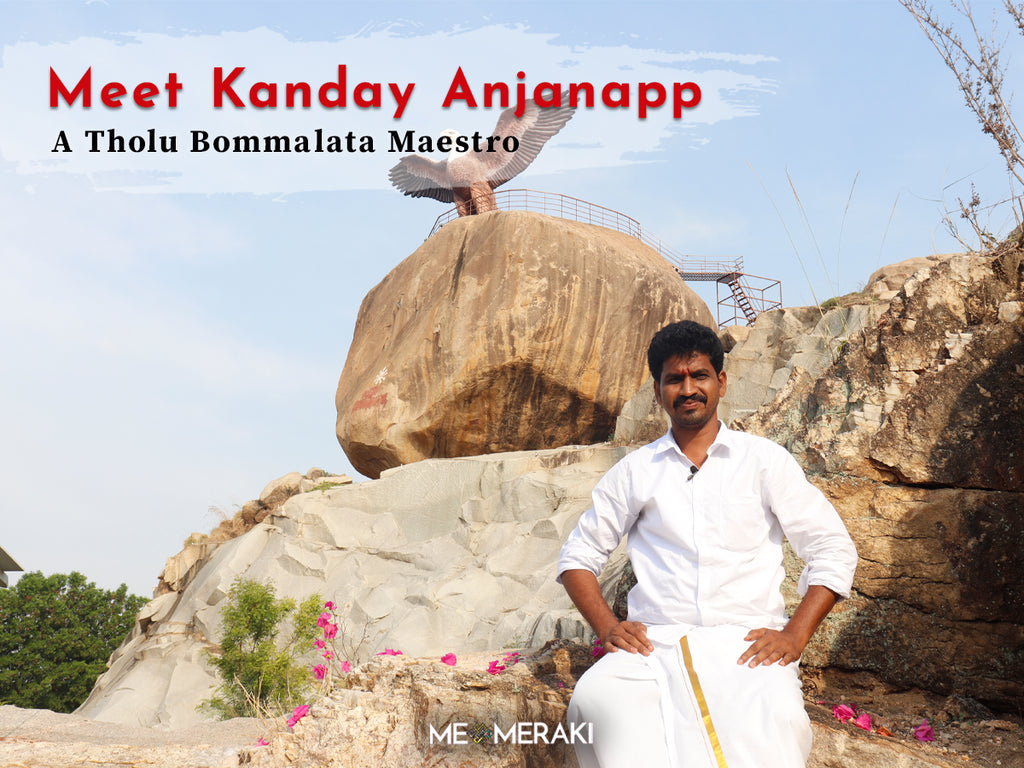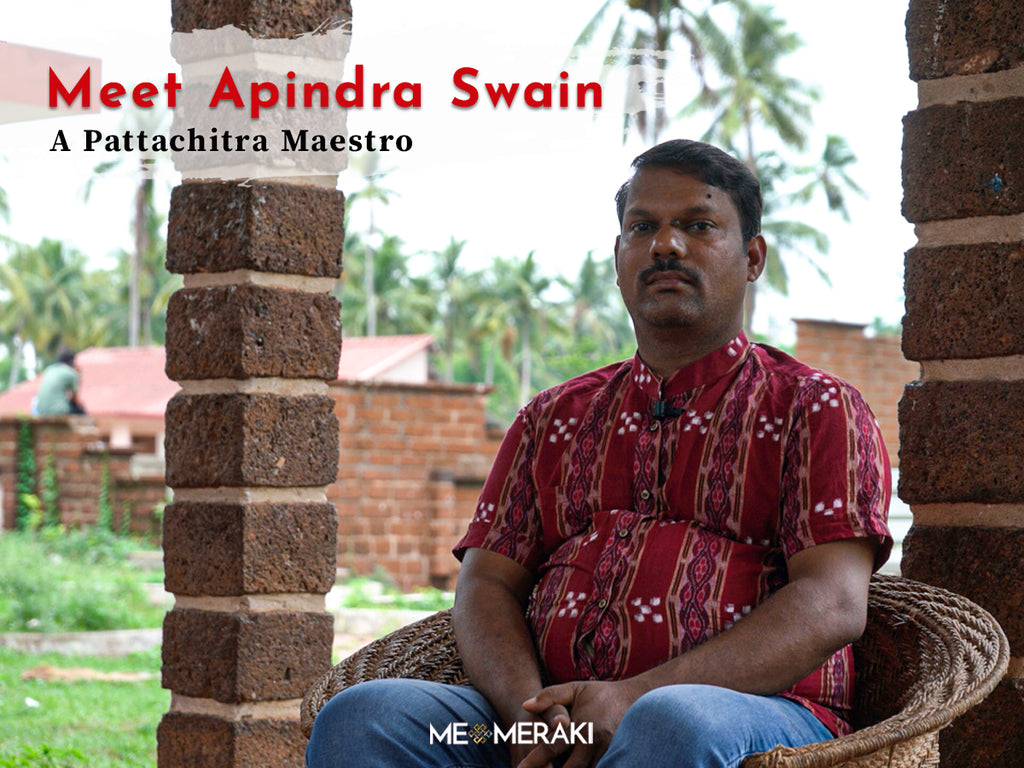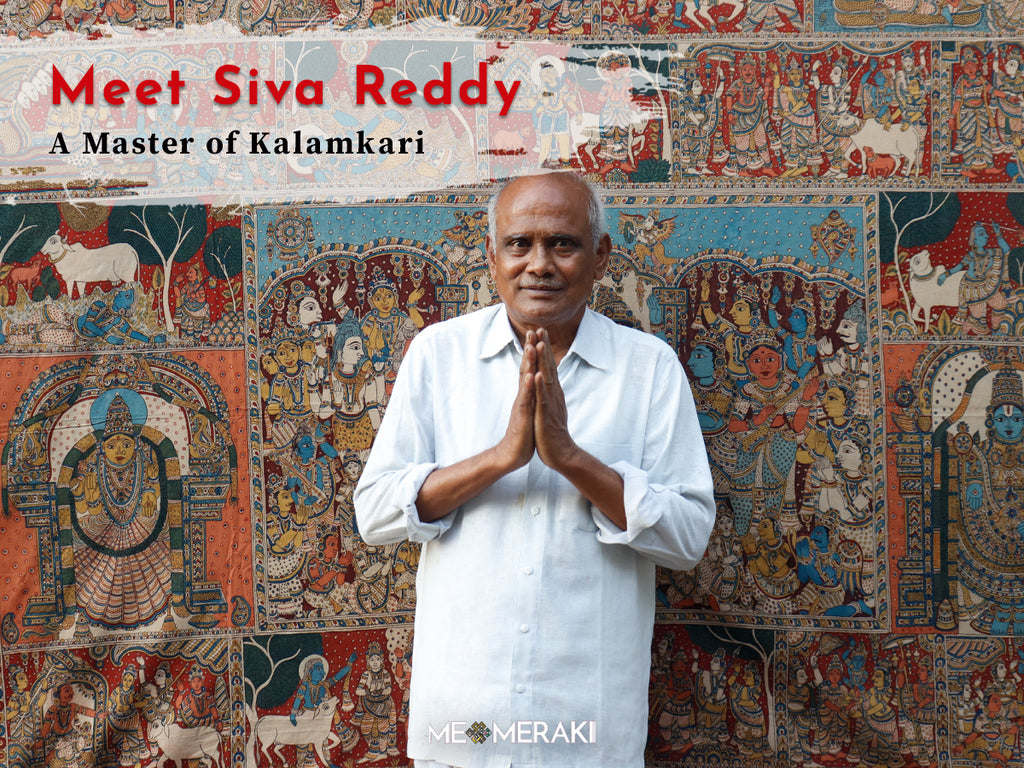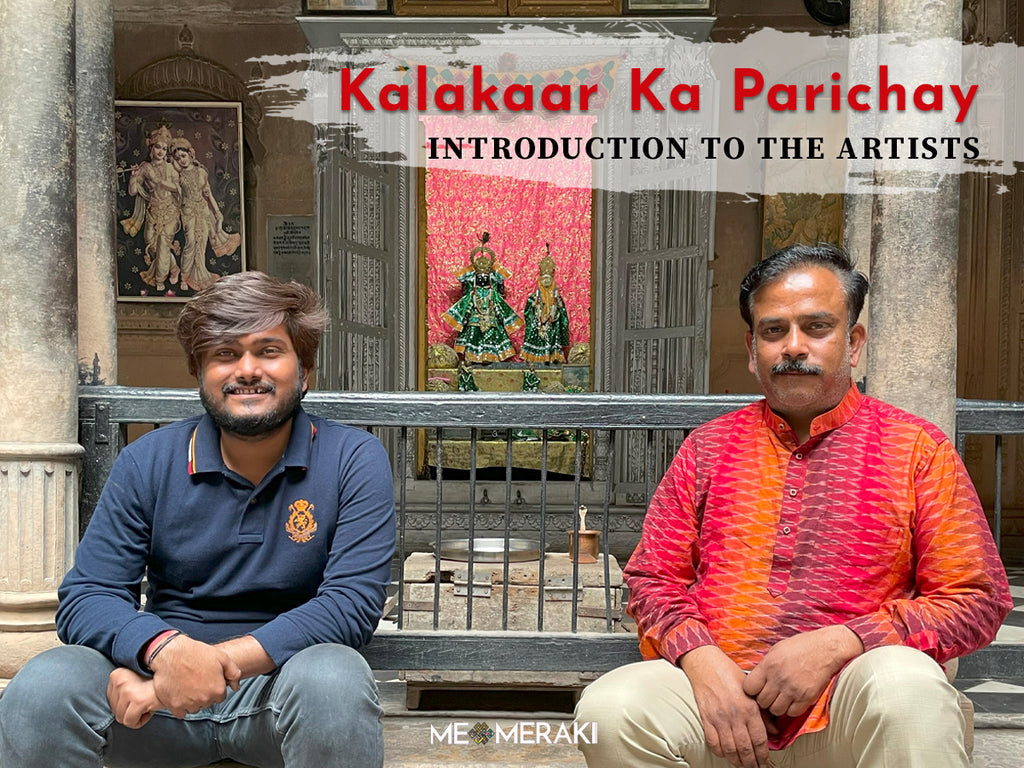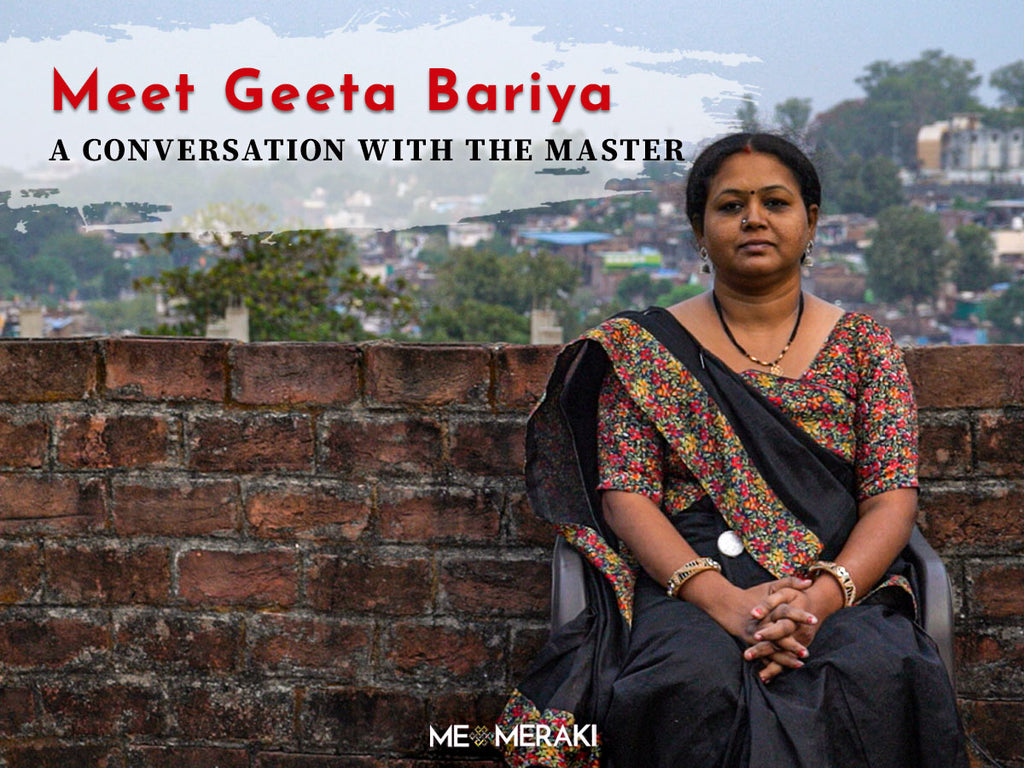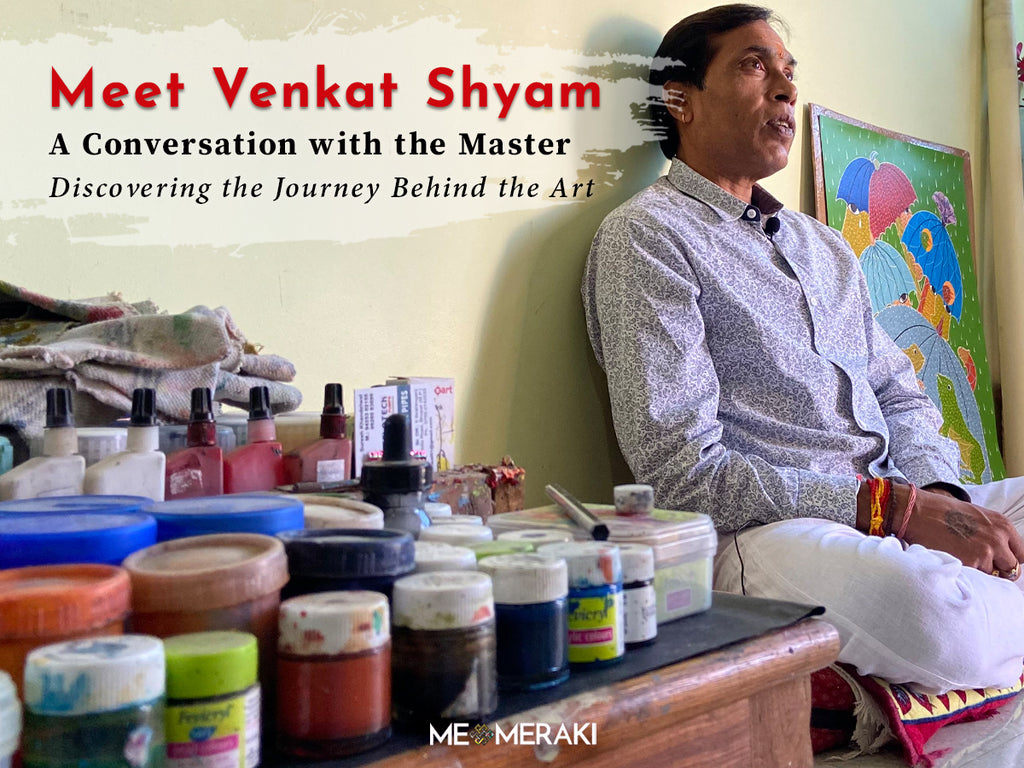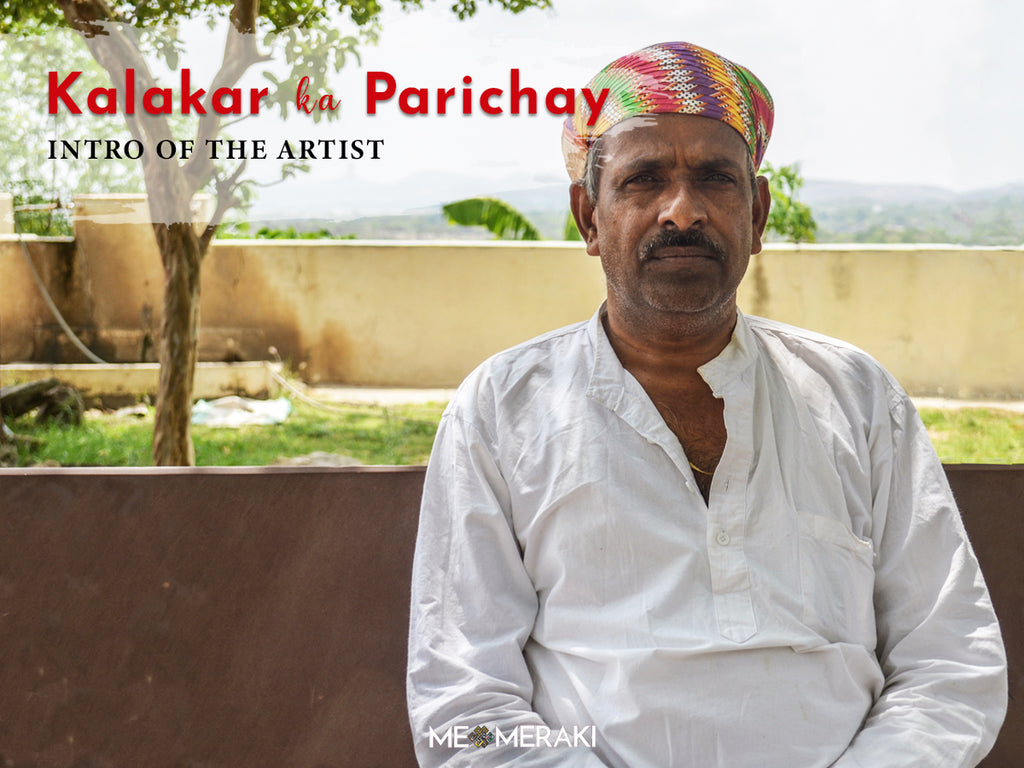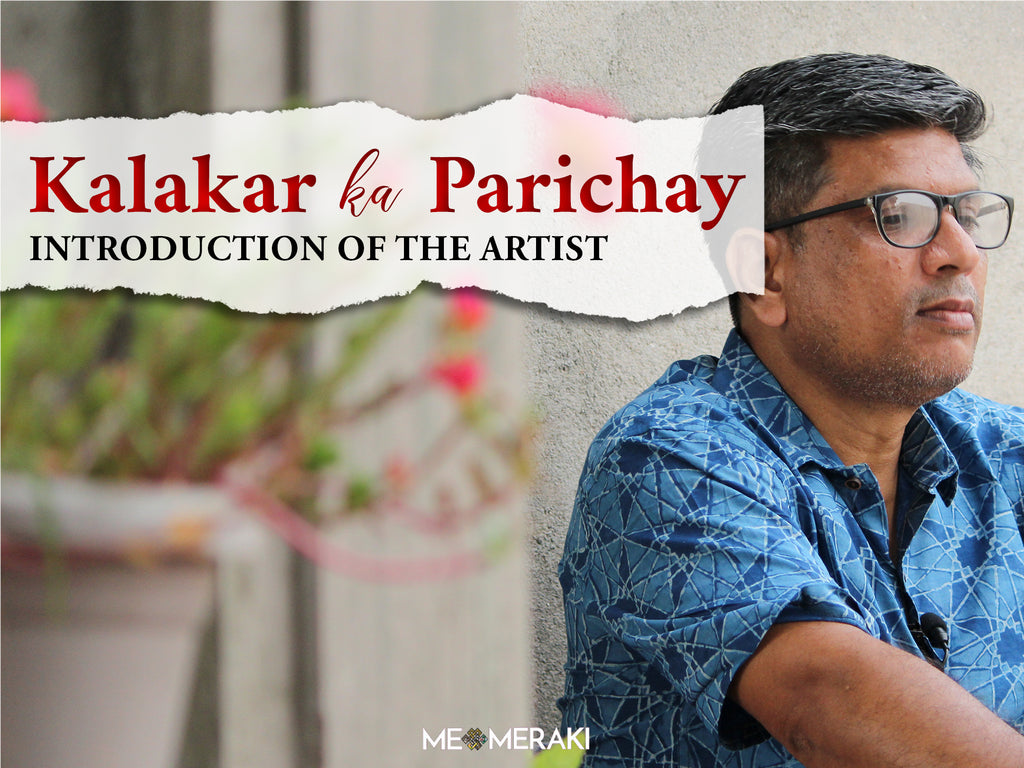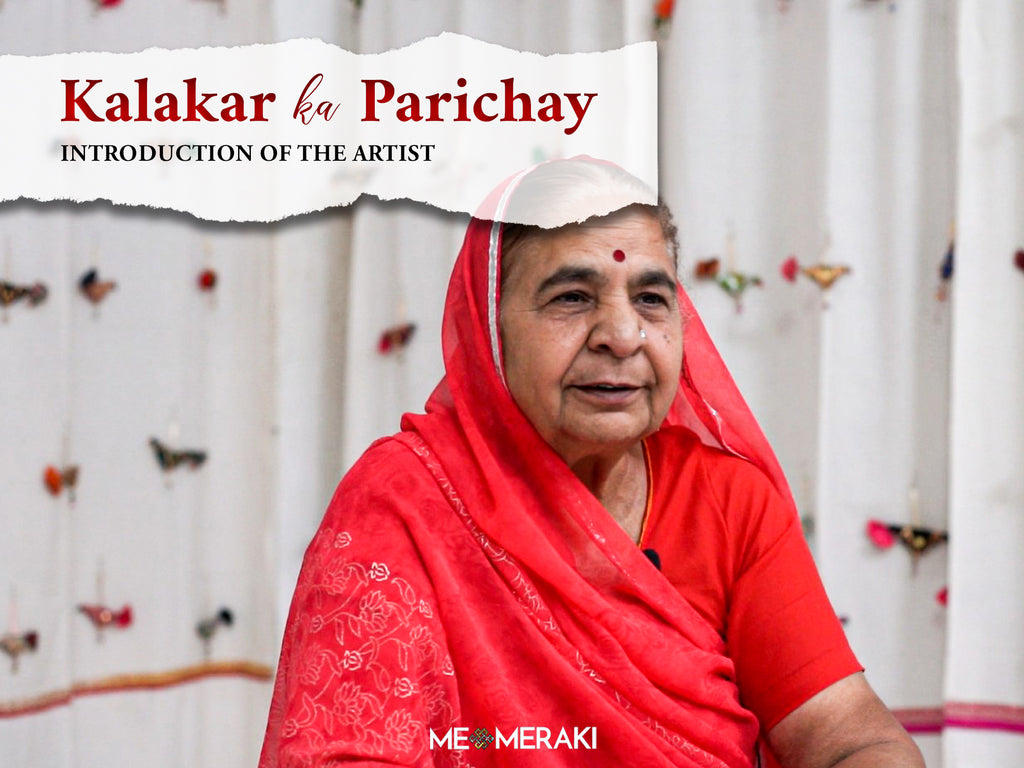FAQ
Masterclasses are complete pre-recorded courses of 7-8 parts that have been researched and recorded by us at the Master artists homes. LIVE workshops happen in real time over zoom along with the Master Artist and a small group. Live workshops have different levels. We only have a few Masterclasses right now - Lippan art from Kutch and Pichwai art from Nathdwara, Rajasthan and are producing and adding more every month. While we cover more than 60 heritage art and craft forms in our live workshops already.
You could attend a beginner friendly live workshop (or even a masterclass if its Lippan or Pichwai you are interested in) and then join the foundations or advanced LIVE workshops. The different levels for the LIVE workshops are- Beginner, Foundations and Advanced
Materials are not included in the masterclasses but you can order from our list of authentic art kits and materials in addition to the masterclass. For the live workshops, materials are included in some of the live workshops as part of the workshop and it would be mentioned in the workshop description.
Beginner Friendly- These are usually 1-2 classes of 2 hours each and one of the simpler artworks and motifs of that art style are covered in the beginner friendly workshops as an introduction to that art form.
Foundations- In the foundations live workshops, the workshops are structured to teach you the basic motifs and foundations of that art style , the focus is not on completing a painting but the elements taught in each class are incorporated in a painting and a few different compositions are also taught
Advanced- in the Advanced live workshop, usually the focus is on completing a more elaborate and intricate painting - no basic motifs are covered in the advanced workshops.
Masterclass-A masterclass is structured as 7-8 pre-recorded classes covering introduction of the artform, introduction of the artist, introduction of the different traditional materials used in that art and then 3 artworks are usually taught ranging from beginner to intermediate.
Yes, going forward, our platform will automatically award you a certificate on behalf of MeMeraki for completing a workshop with us and being a patron of the arts. This will be accessible via the ‘My Workshops’ section under each workshop that you have attended after Nov 2021.
Yes, we have many patrons attending our workshops from across the world. We ship the art kits internationally for the workshops where materials are included. International shipping charges are INR2000. Even if you are ordering an art kit separately in addition to a MASTERCLASS, we can ship internationally.
Yes, you will be able to access the recording of all the workshops you have attended through the ‘My Workshops’ section to be able to practice at your own pace later.
The previous workshops recordings will still be available to you via google drive as earlier. But going forward for all new workshops post Nov 2021, the workshops will be accessible through our website and platform only.


